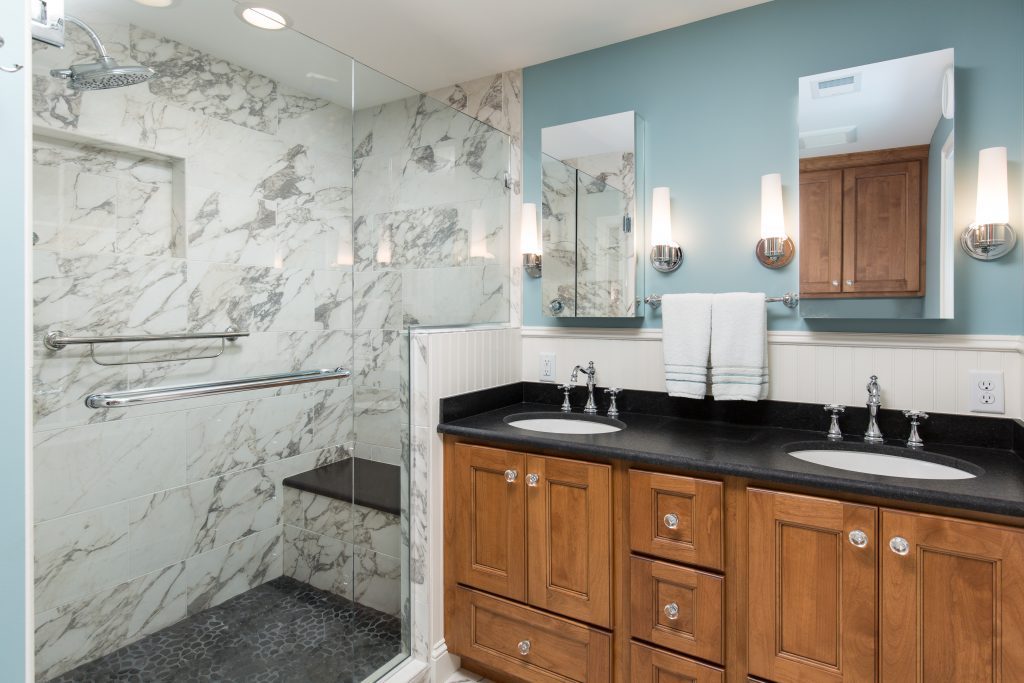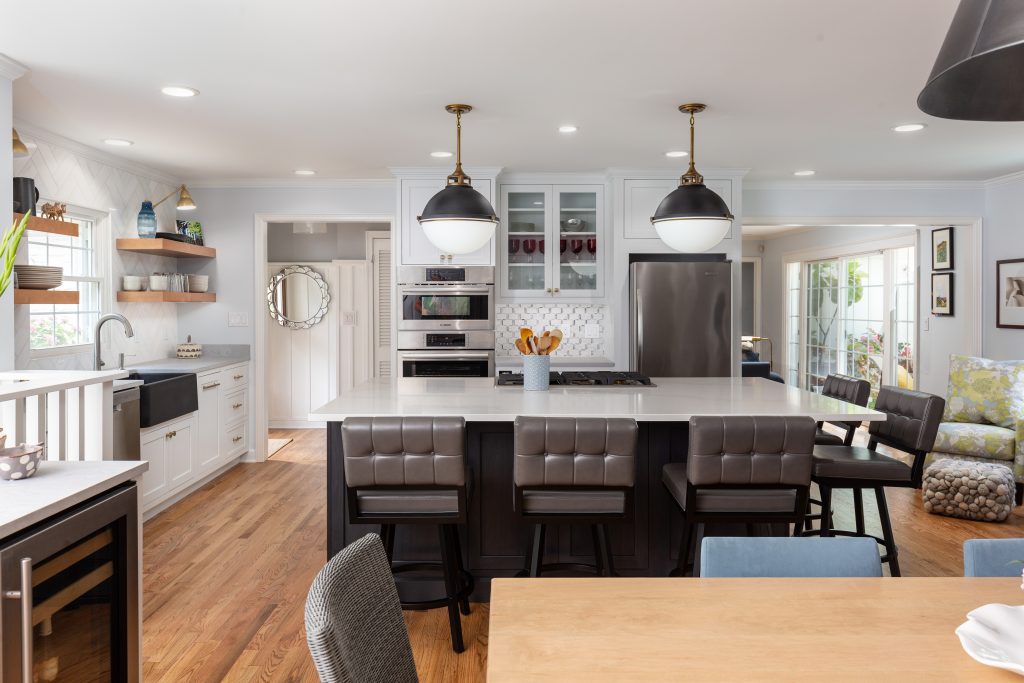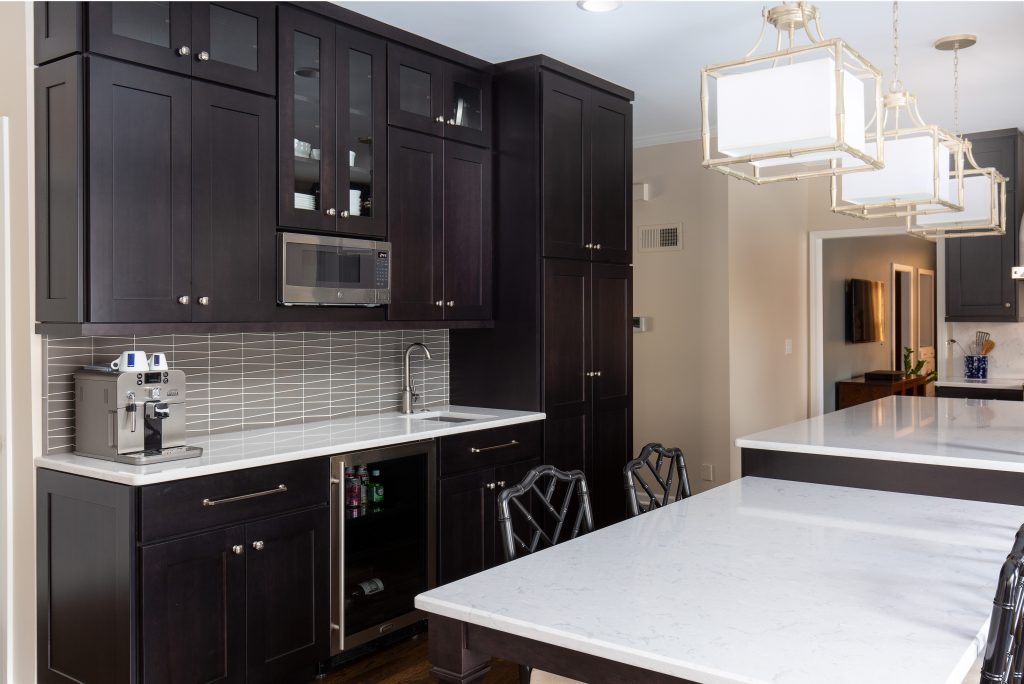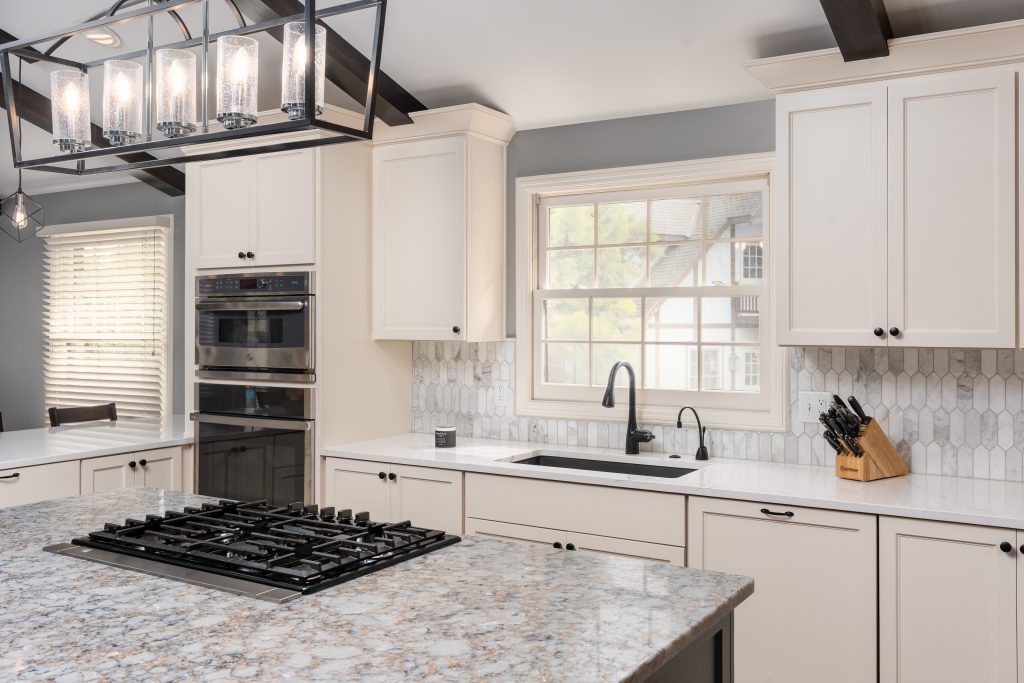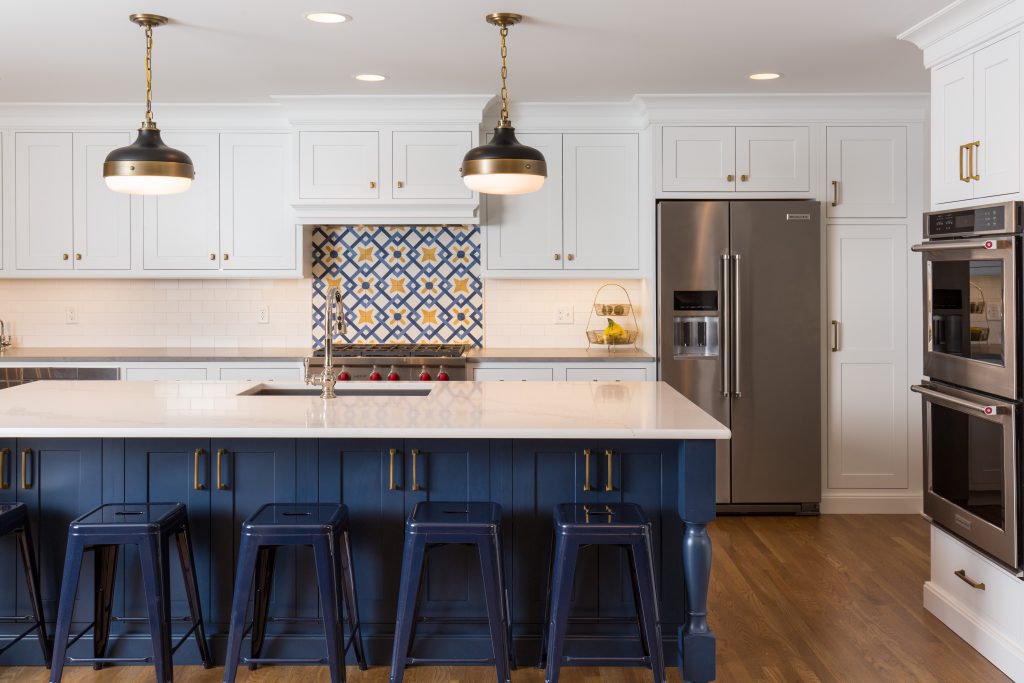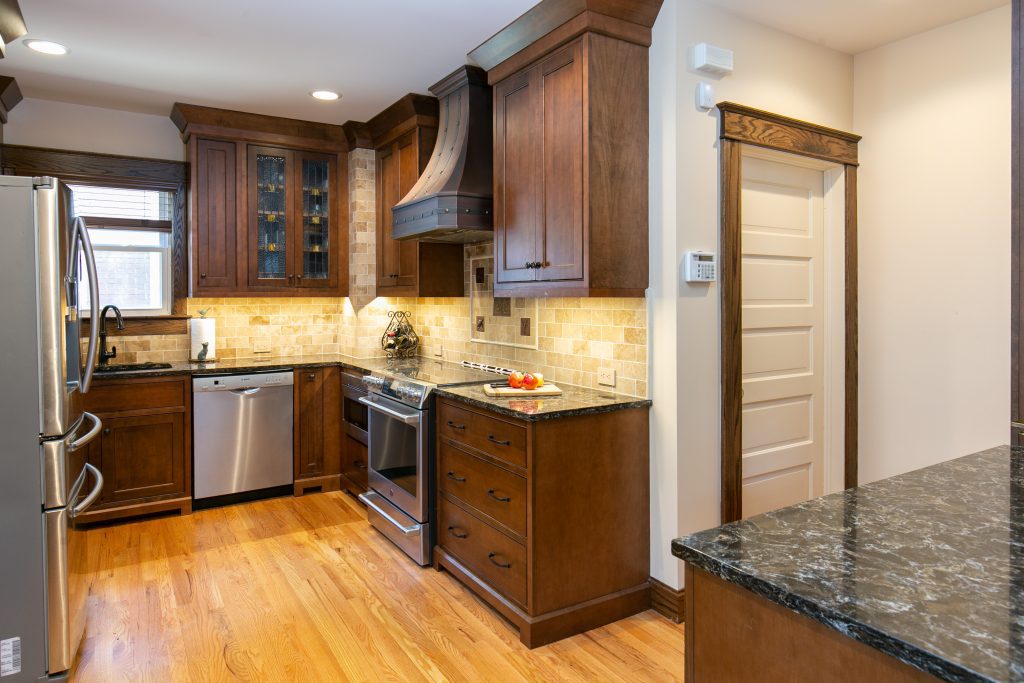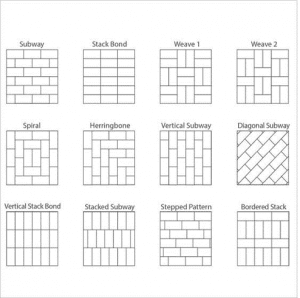We loved seeing some of the amazing tile options available today in Nina Schmidt’s The Wonderful World of Tile virtual workshop on Tuesday. It’s unbelievable how many colors, patterns, and varieties are offered.
History of Tile
It is believed pottery originated in China around 20,000 BC. They created ceramic pottery and tiles using white porcelain and then painted them. The Chinese developed ceramic pottery and tiles from white porcelain and painted stunning images on the tiles. This style was popularized and spread throughout the world by Persian traders.
Some historians even believe the Egyptians may have been the first to develop the method of kiln firing pottery. Their tiles were also popularized and spread by nomadic Persian traders, hence spreading kiln firing throughout the ancient world. Ancient Grecians took tile design to a new level with elaborate mosaics used in homes and temples throughout the Mediterranean.
Types of Tile
Porcelain
Porcelain can look like natural stone, brick, or wood. It can be used in high-traffic areas and even outdoors. Generally, porcelain tiles are higher priced than ceramic tiles.
Ceramic

Mosaic
If you’re looking for something unique or with tons of details a mosaic tile may be your winner. Ceramics come in so many options! Modern mosaics consist of convenient sheets of pre-attached tiles. They’re attached to a mesh sheet. A mosaic is made of small pieces of tiles in different colors and materials make stunning designs. Today you’ll find waterjet cut mosaic tiles, classic mosaics, and blends of different materials. They’re great for wall applications such as backsplashes and bathroom floors.
Glass
Glass tiles offer beautiful color with translucence and often a contemporary look with light reflection. They are easy to clean, stain-resistant & zero water absorption, making them a great low-maintenance option. However, they’re not a great option for high-traffic areas because they can be easily chipped. They also need to be professionally installed because you can see through them to the adhesive or potentially take the color backing off when cutting for installation.
Marble
Marble is a natural elegant stone with texture, depth, and veining. Every piece is different creating a beautiful, classic, one-of-a-kind look. It can be a fairly costly option and requires a lot of upkeep due because of its porosity.
Cement
Cement tiles have been around since the 19th century. They’re very versatile and offer tons of patterns and colors. Cement tiles are very porous and can develop a patina over time as the tile wears down. They can be difficult to install because they easily chip and must be resealed regularly. It’s also important to note that you need to account for breakage during shipping.
Natural – Travertine & Limestone
Natural stone offers a beautiful rustic style. It has tons of natural colors and variations. Natural stone can be prone to water and stains so it needs to be resealed. It can make for a great exterior option.
Tile patterns
Subway tile has been very popular over the past decade and one way to change up its look is to change the pattern it is laid in. Here are some of the different ways it can be installed.
A special thanks to Christine Rohrkaste of Sunderlands Tile and Amy Sanders of International Materials of Design for walking us through their showrooms and imparting some of their expertise with us!

